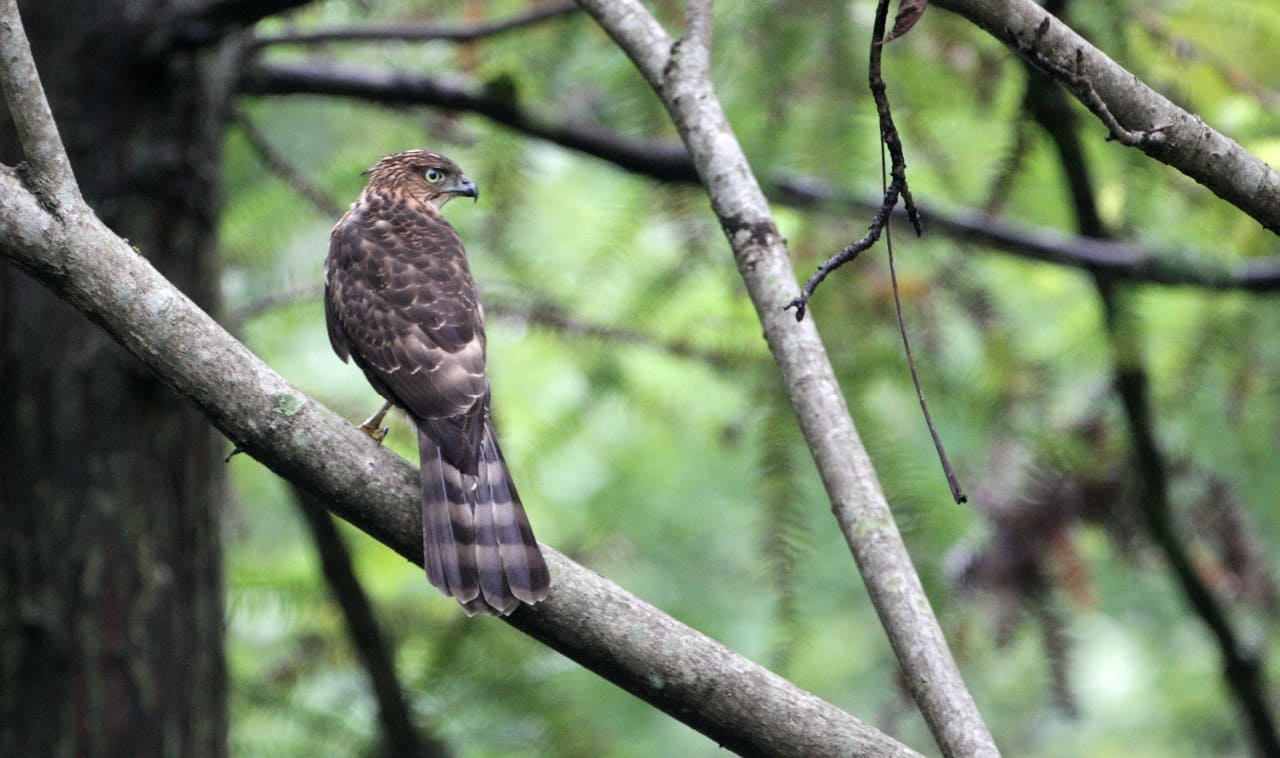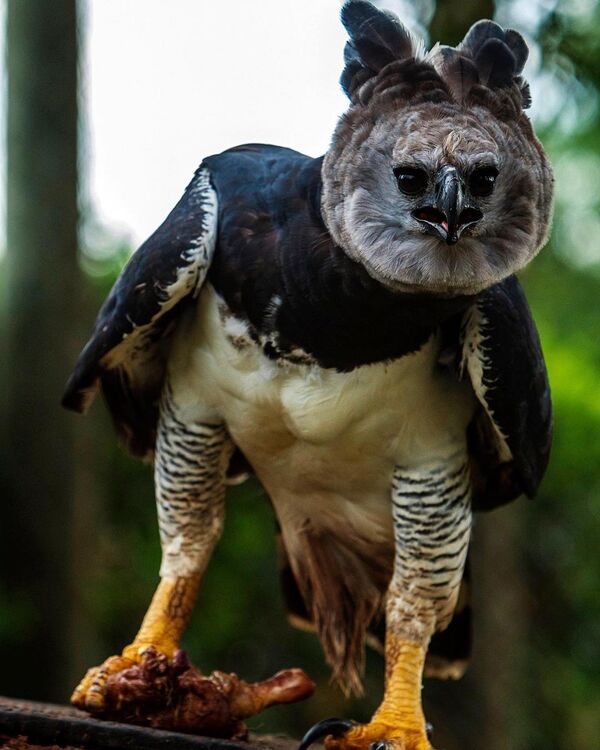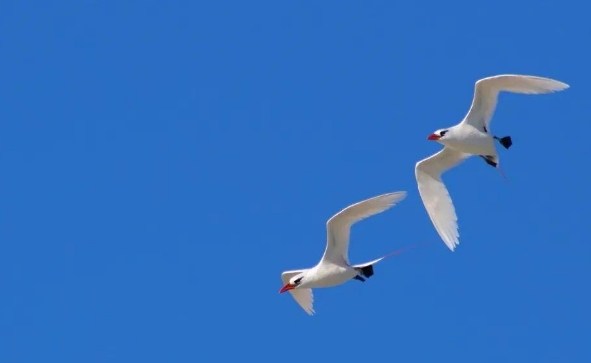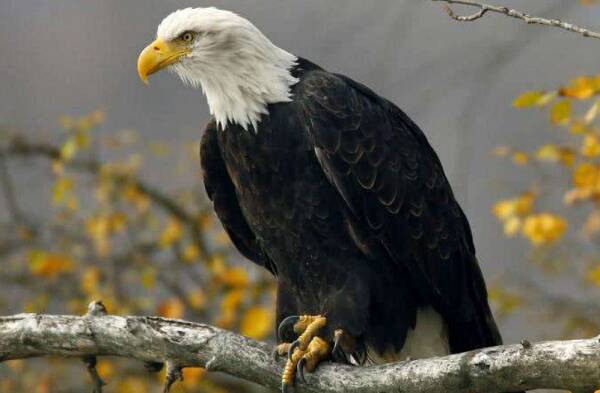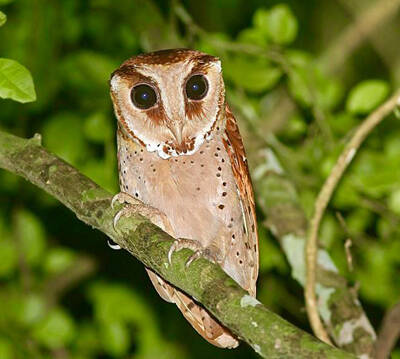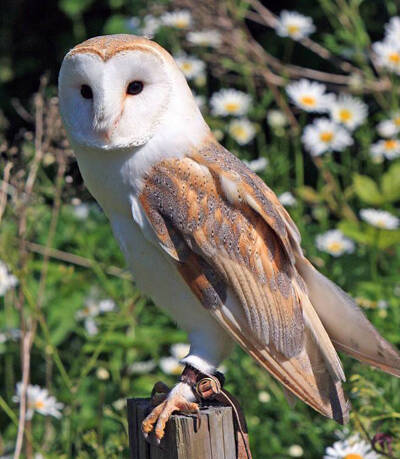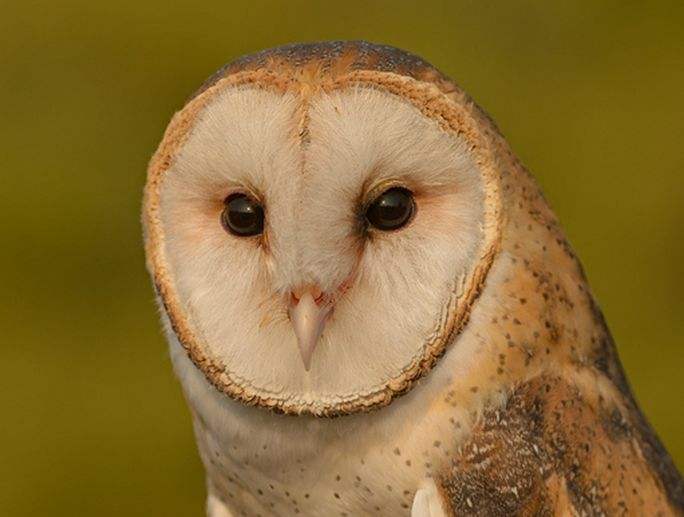Buteo lagopus
IUCN
LCBasic Information
Scientific classification
- name:Buteo lagopus
- Scientific Name:Buteo lagopus,Rough-legged Buzzard, Snow Leopard, Hairy-footed Buzzard
- Outline:Raptor
- Family:Falconiformes Accipitridae Buteo
Vital signs
- length:51-60cm
- Weight:650-1100g
- lifetime:20-70years
Feature
It is named for its thick feathers covering its toes. It is a rare winter and migratory bird.
Distribution and Habitat
Origin: Albania, Armenia, Austria, Azerbaijan, Belarus, Belgium, Bhutan, Bosnia and Herzegovina, Bulgaria, Canada, China, Croatia, Czech Republic, Denmark, Estonia, Finland, France, Georgia, Germany, Greece, Hungary, Islamic Republic of Iran, Italy, Japan, Kazakhstan, Democratic People's Republic of Korea, South Korea, Kyrgyzstan, Latvia, Lithuania, Luxembourg, Macedonia, Mexico, Moldova, Mongolia, Montenegro, Netherlands, Norway, Poland, Romania, Russian Federation, Saint Pierre and Miquelon, Serbia, Slovakia, Slovenia, Spain, Sweden, Switzerland, Tajikistan, Turkey, Ukraine, United Kingdom, United States (Georgia), Uzbekistan.
Wandering: Bermuda, Cyprus, Faroe Islands, Iceland, Ireland, Israel, Jordan, Lebanon, Libya, Liechtenstein, Malta, Svalbard and Jan Mayen, Syrian Arab Republic, Tunisia.
Origin uncertain: Afghanistan.
In China, it is mainly distributed in the three northeastern provinces, Xinjiang in the northwest, Yunnan in the southwest, and Shandong, Jiangsu, F
Appearance
The forehead, top of the head and occipital are all creamy white or white, with dark brown feather stems. The upper body is brown or dark brown, with light feather edges, and the upper wing coverts are brown with brown and white feather edges. The tips of the 5 outer intermediate flight feathers are brown, the outer vanes are silver-gray, the base is white, and the rest of the flight feathers are gray-brown. With dark brown horizontal spots, the waist is dark brown; the lower back and shoulders are often decorated with irregular horizontal bands close to white. The tail coverts often have white horizontal spots, which are round and not forked, forming a clear difference from the kite. The tail feathers are white, with a wide dark brown spot at the end. The wing corners have black spots, and the head is light in color. Some light-colored common buzzards also have light tails, but the underwings are also light.
The dark wings of the hairy-footed buzzard are in sharp contrast with the
Details
Rough-legged Buzzard is a medium-sized bird of prey with 4 subspecies.

The breeding season of the hairy-footed buzzard is from the end of May to the beginning of August. It usually nests on cliffs on both sides of tundra rivers or forest rivers, or on dry river cliffs and wet tundra, and sometimes on trees. Usually, it starts building nests in late May when the snow has not completely melted. The structure of the nest is quite large and disc-shaped, mainly composed of dead branches and hay. Each nest usually lays 3-4 eggs, sometimes up to 7 eggs in years when there is abundant food such as rodents, and usually 2-3 eggs in years when food is scarce. The color of the eggs is grayish white or yellowish white, with brown or gray spots, especially more at the blunt end. The size of the eggs is 48-59 mm × 40.5-46.5 mm. After the first egg is laid, incubation begins, mainly undertaken by the female bird, and sometimes the male bird also participates in the incubation activities. The incubation period is 28-31 days. The chicks are late-maturing and are fed by the parents after hatching. The feathers are basically grown at around 35 days, but they do not leave the nest and fly until around 41-45 days to start foraging alone.
Listed in the 2016 Red List of Endangered Species of the World Conservation Union (IUCN) ver3.1-Least Concern (LC).
Listed in the Appendix II of CITES of the Washington Convention.
Listed in the second level of the List of National Key Protected Wildlife in China.
Protect wild animals and stop eating game.
Maintaining ecological balance is everyone's responsibility!

